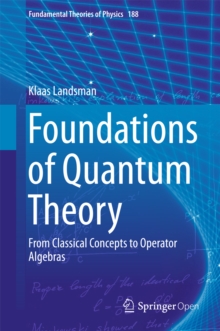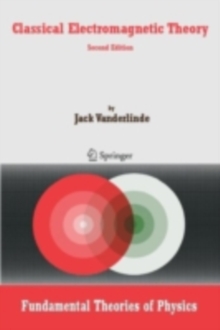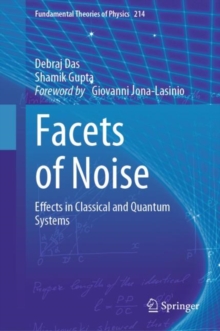
Theory of High Temperature Superconductivity PDF
by S. Fujita, S. Godoy
Part of the Fundamental Theories of Physics series
- Information
Description
Flux quantization experiments indicate that the carriers, Cooper pairs (pairons), in the supercurrent have charge magnitude 2e, and that they move independently.
Josephson interference in a Superconducting Quantum Int- ference Device (SQUID) shows that the centers of masses (CM) of pairons move as bosons with a linear dispersion relation.
Based on this evidence we develop a theory of superconductivity in conventional and mate- als from a unified point of view.
Following Bardeen, Cooper and Schrieffer (BCS) we regard the phonon exchange attraction as the cause of superc- ductivity.
For cuprate superconductors, however, we take account of both optical- and acoustic-phonon exchange.
BCS started with a Hamiltonian containing "electron" and "hole" kinetic energies and a pairing interaction with the phonon variables eliminated.
These "electrons" and "holes" were introduced formally in terms of a free-electron model, which we consider unsatisfactory.
We define "electrons" and "holes" in terms of the cur- tures of the Fermi surface. "Electrons" (1) and "holes" (2) are different and so they are assigned with different effective masses: Blatt, Schafroth and Butler proposed to explain superconductivity in terms of a Bose-Einstein Condensation (BEC) of electron pairs, each having mass M and a size.
The system of free massive bosons, having a quadratic dispersion relation: and moving in three dimensions (3D) undergoes a BEC transition at where is the pair density.
Information
-
Download Now
- Format:PDF
- Publisher:Springer Netherlands
- Publication Date:11/04/2006
- Category:
- ISBN:9780306482168
Information
-
Download Now
- Format:PDF
- Publisher:Springer Netherlands
- Publication Date:11/04/2006
- Category:
- ISBN:9780306482168



